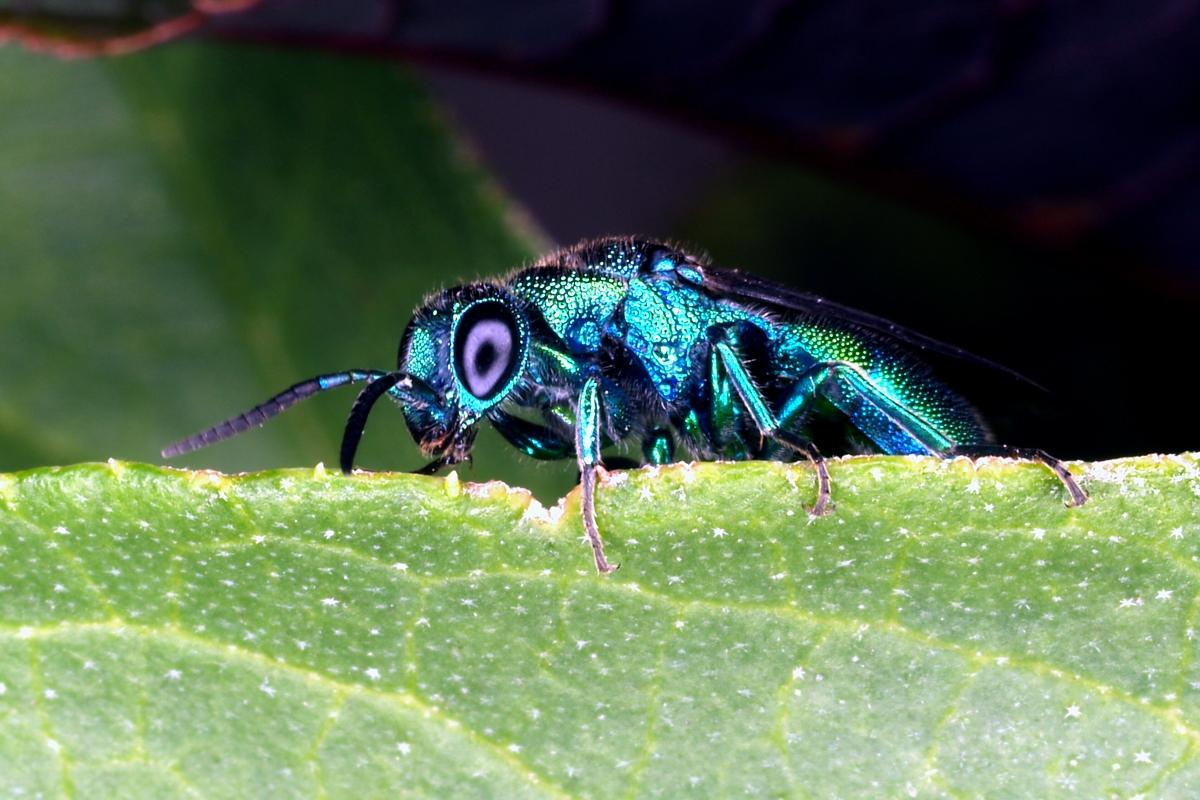| Sr. No. | Name of the staff | Designation |
|---|---|---|
| 1 | Dr. Kavita Lole | Scientist G and Group Leader |
| 2 | Dr. Sreelakshmi PR | Scientist-D |
| 3 | Dr. Surendra Kumar | Scientist-B |
| 3 | Dr. Lekshmi S. Rajan | Scientist-B |

The department of Medical Entomology and Zoology was created to run the flagship program of the Rockefeller foundation and the Indian council of Medical research for the surveillance of arthropods and arthropod-borne viruses in India in 1952. Scientists of the department initially carried out investigations to understand the role of hematophagous arthropods in the maintenance and transmission of viruses during outbreaks and non-outbreak periods. Later, the mandate was extended to ecological studies to understand the natural cycle of arboviruses and virus-vector interaction studies. Over the last seven decades, the group has made phenomenal contributions towards the understanding of major arboviruses prevalent in the country viz., Kyasanur Forest Disease virus, Japanese encephalitis virus, West Nile virus, Chandipura virus, Congo Crimean hemorrhagic fever virus, dengue virus, Chikungunya virus, etc. The department also contributed in the detection and identification of over twenty novel viruses from arthropods and vertebrate animals.
The Hematophagus Arthropod Survey in the Himalayan Region spanning from Kashmir to the Arunachal Pradesh was a mammoth task undertaken by the department. The study generated huge data on blood-sucking arthropods along with vertebrate reservoir hosts of arboviruses. During the survey, several new species of arthropods and mammals were described, which included mosquitoes, sand flies, lice, fleas, bugs, ticks and mites. A new species of rodent and a bird subspecies were also described by the group. Using the procedures of taxidermy many of these specimens have been preserved and maintained in a museum at the group for prospective research.
One of the seminal works, the department has made was the establishment of the world’s first mosquito cell lines from Aedes albopictus and Aedes aegypti to ease studies on virus isolation and virus vector interactions. Subsequently, several cell lines from medically important mosquitoes and ticks were developed. Eight lepidopteran cell lines from economically important agricultural pests were also developed for recombinant protein studies.
One of the prime mandates of the group was investigation of viral outbreaks to isolate the etiological agent (s), to identify the vertebrate host that harbors the agent and to study the natural cycle of the agent in nature. The group has successfully studied the natural cycle of Kyasanur Forest disease virus, Japanese encephalitis virus and other viruses of public health importance in India. The group carried out extensive Aedes aegypti surveys across the country with an aim f in-depth analysis of Aedes aegypti prevalence at macro, meso and microhabitat levels. To understand the impact of ecological changes due to urbanization and expanded road transport network and to study the landscape distribution of Aedes aegypti, a survey was undertaken along the western coast of India from Kanyakumari to Gujarat. Apart from arboviral studies, the group has also ventured into rodent borne and bat borne viruses of high pathogenic impact and helped in isolating the viruses.
The group also contributed in man power development by imparting training on vector collection, taxonomical studies and virus isolation to create expertise in these fields.
| Sr. No. | Name of the staff | Designation |
|---|---|---|
| 1 | Dr. Kavita Lole | Scientist G and Group Leader |
| 2 | Dr. Sreelakshmi PR | Scientist-D |
| 3 | Dr. Surendra Kumar | Scientist-B |
| 3 | Dr. Lekshmi S. Rajan | Scientist-B |
| Sr. No. | Name of the staff | Designation |
|---|---|---|
| 1 | Mr. Y. S. Ghodke | Sr. Technical Officer-1 |
| 2 | Mr. V. S. Ingale | Sr. Technician-2 |
| 3 | Mr. P. A. Sonawane | Sr. Technician-3 |
1. Investigation of outbreaks and diagnostic services.
2. Hospital based surveillance of enteric viruses in patients with acute gastroenteritis in Pune.
3. Detection and Molecular Characterization of Potentially Zoonotic Enteric Viruses in Animals
4. Study to assess possible route of transmission of SARS-CoV-2 through faecal material of positive patients and their potential role in persistent fecal viral shedding in the environment.
1.Isolation of different serotypes of rotaviruses from children hospitalized for severe diarrhoea
2. Preparation of immune goat colostrum against rotavirus and its use for prevention of rotavirus induced diarrhoea in infants and young children [US20030180372A1] US Patent .
3. Preparation of egg yolk antibodies against rotaviruses for passive immunization of humans and poultry
4. Development of indigenous diagnostic Rotavirus Antigen Capture ELISA kit for detection of group A rotavirus which is a rapid and cost effective method.
5. Development of an oral HEY (hen egg yolk) antibody formulation for prophylaxis and therapy against rotavirus diarrhea.
6. Successful culture adaptation and full genome-based characterization of neonatal RV G12P[11] strain.
7. Pathogenesis studies on Coxsackie virus A-16 (CVA-16) isolated from HFMD using neonatal mouse model.
AS a NIC, NIV has participated in various WHO programs; since 2004, more than 700 isolates have been submitted to the Collaborating Centre at CDC, USA, to contribute towards the bi-annual vaccine selection process. WHO-Flunet is an electronic database with information about globally circulating influenza strains and the magnitude of influenza activity worldwide since the year 2000, NIV contributes to this regularly.